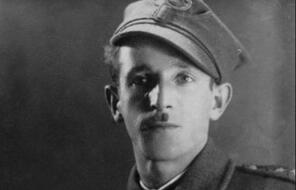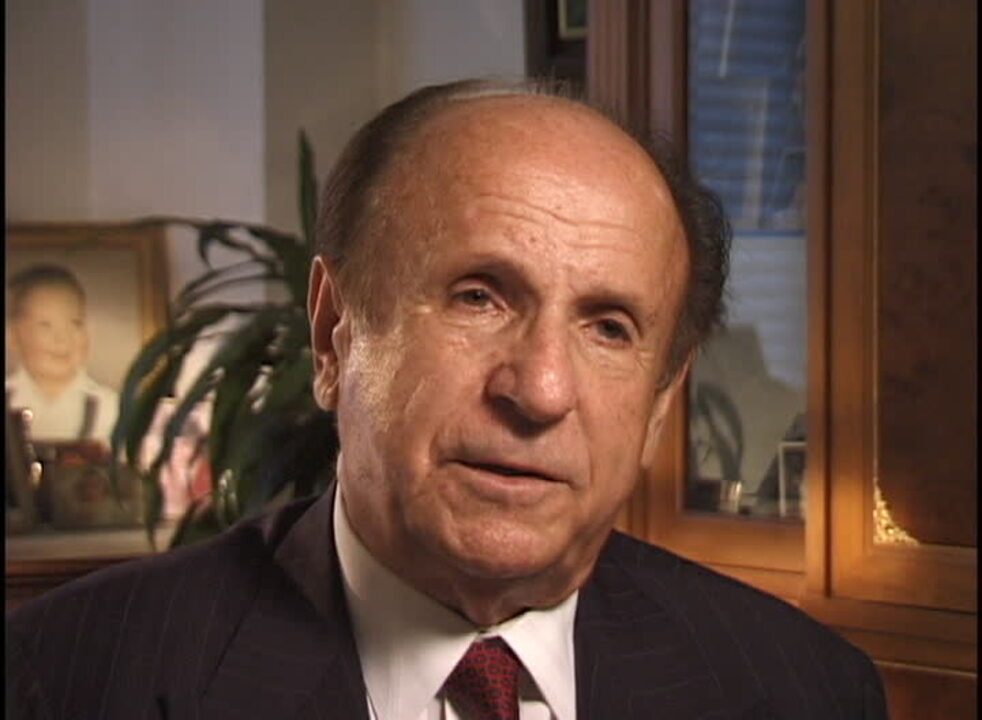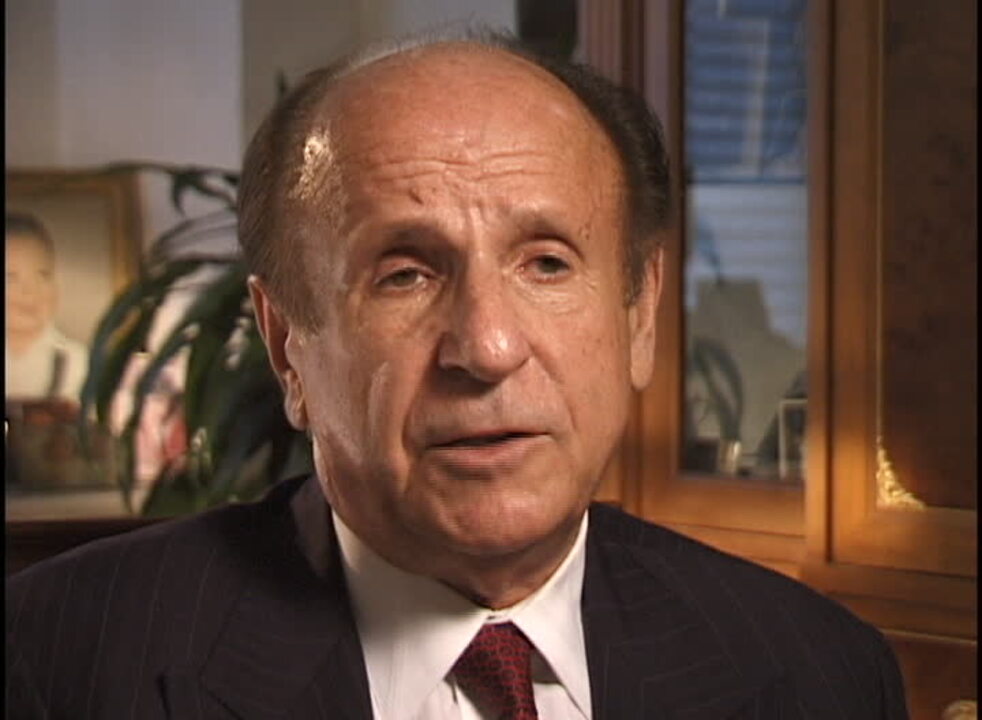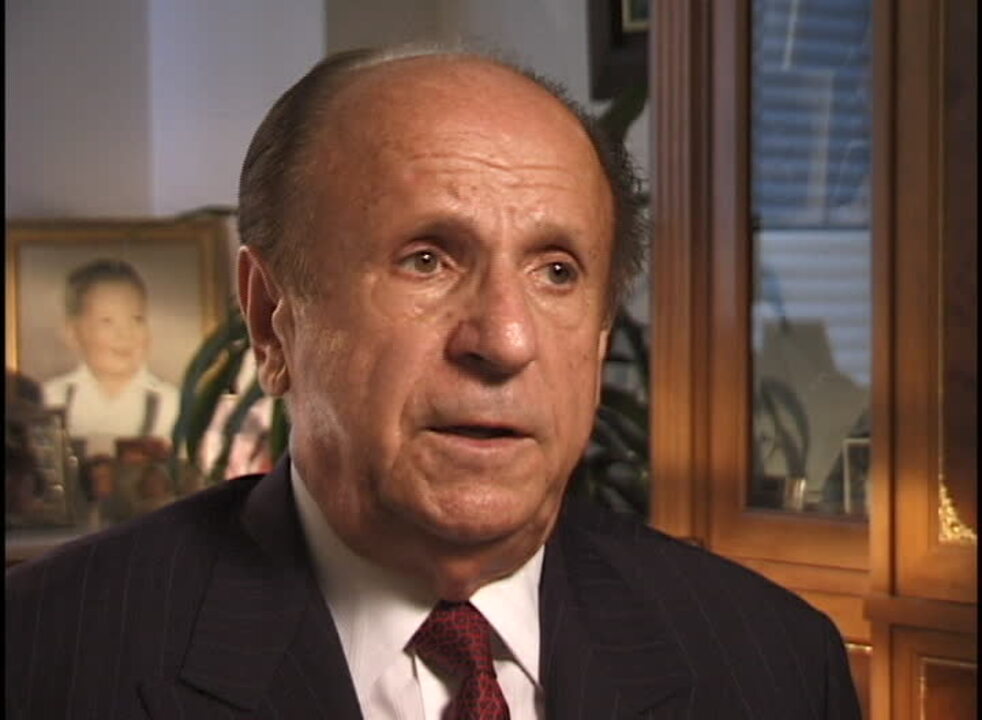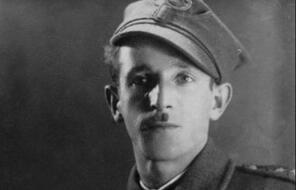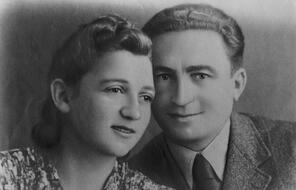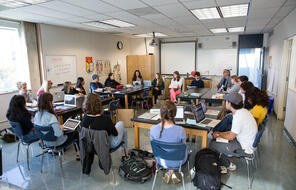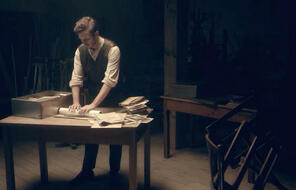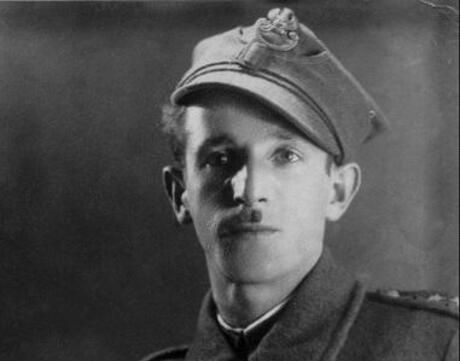
Frank Blaichman: Ethics in a Time of Genocide
Duration
One 50-min class periodSubject
- History
- Social Studies
Grade
6–12Language
English — USPublished
Overview
About this Lesson
Students will review Frank Blaichman’s personal stories from the time he began resisting the Nazis at age 16 and his transformation into the leader of his own partisan group. As a target of Nazi policy, a rescuer, and a partisan, Frank Blaichman faced profound moral and ethical dilemmas in situations where traditional rules of ethical conduct did not apply. Through Frank’s reflections, students will investigate the moral and ethical framework that his partisan unit developed during the Holocaust as they sought not only to protect themselves but also to shelter over 200 Jews in hiding.
The activities addressed in this lesson encourage the development of critical analysis and small-group interpersonal communication skills. Through this lesson, students will develop a deeper understanding of the Holocaust through the shared experiences of partisans who chose to resist.
Lesson Plans
Activities
Materials and Downloads
Frank Blaichman: Ethics in a Time of Genocide
Unlimited Access to Learning. More Added Every Month.
Facing History & Ourselves is designed for educators who want to help students explore identity, think critically, grow emotionally, act ethically, and participate in civic life. It’s hard work, so we’ve developed some go-to professional learning opportunities to help you along the way.
Exploring ELA Text Selection with Julia Torres
On-Demand

Working for Justice, Equity and Civic Agency in Our Schools: A Conversation with Clint Smith
On-Demand

Centering Student Voices to Build Community and Agency
On-Demand


